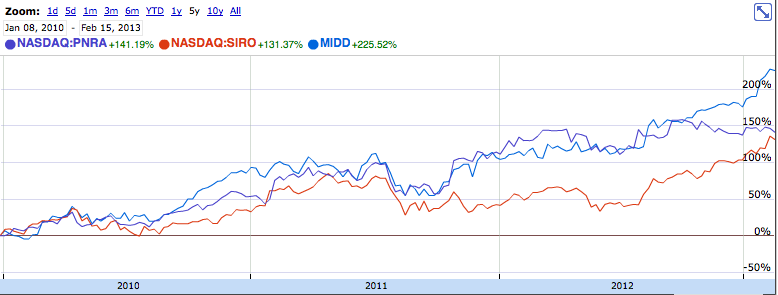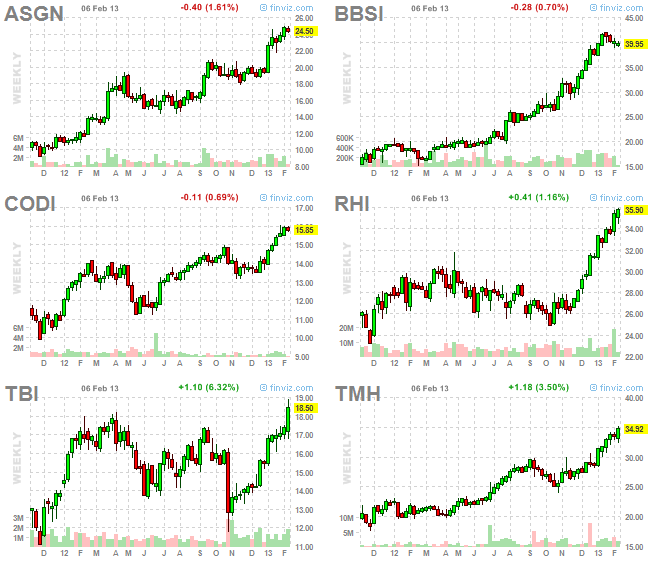There are two ways to learn in life – through your own mistakes and through other people’s mistakes. The former is usually more effective. Nothing beats self-discovery but you better be willing to learn from other people’s experience too. The latter improves the odds of survival and accelerates your learning curve. It makes sense. We don’t need to invent the hot water every decade.
Over the weekend, Howard Lindzon shared his frustration with hedging. Go read it. Howard is a market veteran, who has been through any market you could imagine; meaning his intuition and lessons count for something.
Here is my perspective on hedging.
In bull markets, hedging your long high-beta equity positions by shorting the indexes is rarely a good idea. Bull-markets are low-correlation “markets of stocks”, where sector rotation could keep the indexes afloat while industries are correcting under the surface. While energy and tech are lagging, consumer discretionary and finance could lead. When the latter take a break and consolidate, the former take the lead. In bull markets, indexes could trade sideways or continue climbing slowly while individual high-beta stock correct, one by one. Shorting the indexes via put options does not deliver proper protection.
As the saying goes, in bull markets, you need to be long or on the sidelines; in bear markets, you need to be short or on the sidelines.
There is time for everything.
When volatility and correlation start to rise, when momentum stocks as a group begin to underperform, all of a sudden shorting indexes becomes a good way to hedge.

